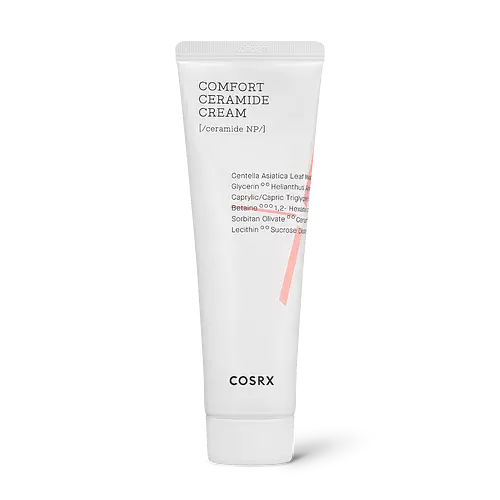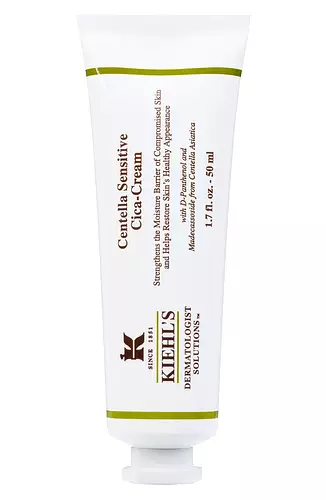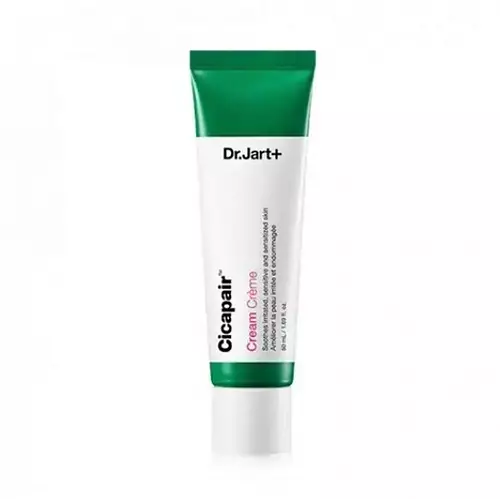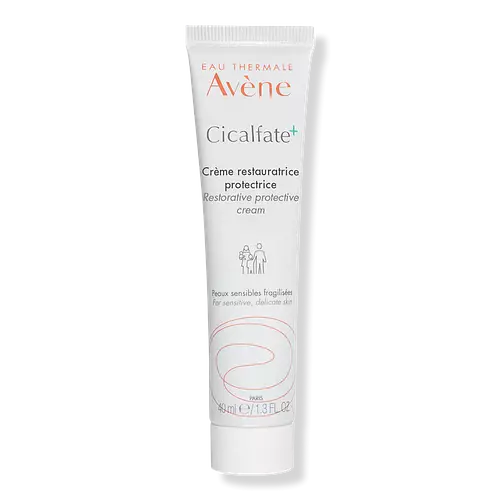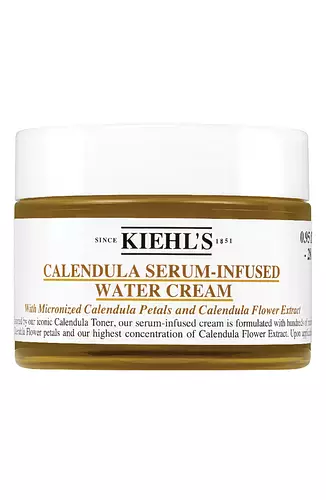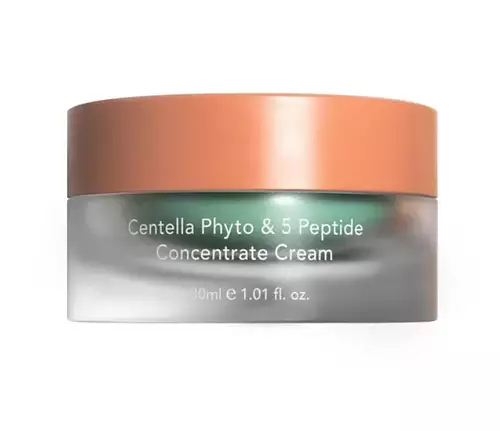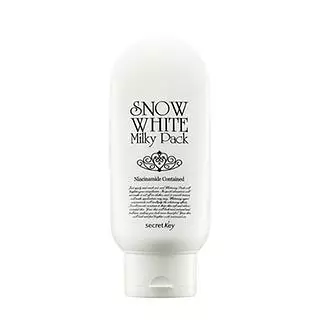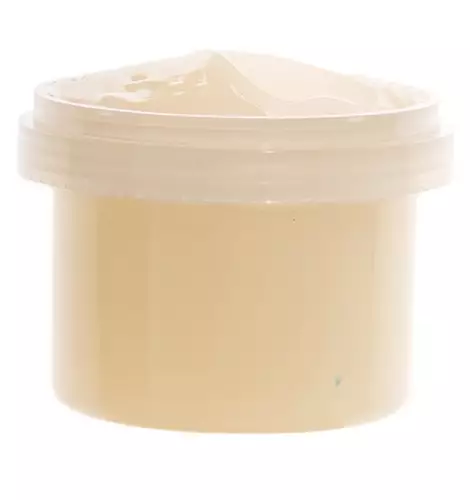Updated on April 19, 2024
Overview
What they are
These products are both cruelty-free and reef safe general moisturizers. They have a total of 6 ingredients in common
Cool Features
They both contain ceramides
Suited For
They're both likely to be good for anti aging, dry skin, brightening skin and sensitive skin
Free From
They both do not contain any harsh alcohols, common allergens, parabens or sulfates
What's Inside
They both contain oils and silicones
We independently verify ingredients, and our claims are backed by peer-reviewed research. Spot a product that needs an update? Let us know.
Ingredient Info
COSRX Balancium Comfort Ceramide Cream 31 ingredients
ILLIYOON Ceramide Ato Concentrate Cream 42 ingredients
At a glance
Click on any of the items below to learn more
COSRX Balancium Comfort Ceramide Cream 31 ingredients
ILLIYOON Ceramide Ato Concentrate Cream 42 ingredients
Notable Ingredients
This product contains 1 ingredient that may have this attribute:
This product contains 2 ingredients that may have this attribute:
This product contains 1 ingredient that may have this attribute:
Benefits
This product contains 5 ingredients that may have this attribute:
This product contains 1 ingredient that may have this attribute:
This product contains 5 ingredients that may have this attribute:
This product contains 4 ingredients that may have this attribute:
This product contains 1 ingredient that may have this attribute:
This product contains 2 ingredients that may have this attribute:
This product contains 1 ingredient that may have this attribute:
This product contains 1 ingredient that may have this attribute:
This product contains 2 ingredients that may have this attribute:
Concerns
This product contains 3 ingredients that may have this attribute:
This product contains 1 ingredient that may have this attribute:
Notable Ingredients
This product contains 1 ingredient that may have this attribute:
This product contains 1 ingredient that may have this attribute:
This product contains 1 ingredient that may have this attribute:
Benefits
This product contains 3 ingredients that may have this attribute:
This product contains 2 ingredients that may have this attribute:
This product contains 1 ingredient that may have this attribute:
This product contains 1 ingredient that may have this attribute:
This product contains 2 ingredients that may have this attribute:
Concerns
This product contains 2 ingredients that may have this attribute:
This product contains 1 ingredient that may have this attribute:
This product contains 1 ingredient that may have this attribute:
This product contains 1 ingredient that may have this attribute:
Ingredients Side-by-side
Ingredients Explained
These ingredients are found in both products.
Ingredients higher up in an ingredient list are typically present in a larger amount.
Butylene Glycol (or BG) is used within cosmetic products for a few different reasons:
- It is a solvent, meaning that it helps to dissolve other ingredients. This also enhances the absorption of the product into one's skin.
- It is a humectant, which means that it helps attract moisture into the skin.
- It helps improve product application.
Overall, Butylene Glycol is a safe and well-rounded ingredient. It is unlikely to irritate skin, and works well with pretty much all other ingredients.
Glycerin is already naturally found in your skin. It helps moisturize and protect your skin.
A study from 2016 found glycerin to be more effective as a humectant than AHAs and hyaluronic acid.
As a humectant, it helps the skin stay hydrated by pulling moisture to your skin. The low molecular weight of glycerin allows it to pull moisture into the deeper layers of your skin.
Hydrated skin improves your skin barrier; Your skin barrier helps protect against irritants and bacteria.
Glycerin has also been found to have antimicrobial and antiviral properties. Due to these properties, glycerin is often used in wound and burn treatments.
In cosmetics, glycerin is usually derived from plants such as soybean or palm. However, it can also be sourced from animals, such as tallow or animal fat.
This ingredient is organic, colorless, odorless, and non-toxic.
Glycerin is the name for this ingredient in American English. British English uses Glycerol/Glycerine.
Learn more about GlycerinCeramide NP is a type of ceramide.
Ceramides are intercellular lipids naturally found in our skin that bonds dead skin cells together to create a barrier. They are known for their ability to hold water and thus are a great ingredient for dry skin.
Ceramides are an important building block for our skin barrier. A stronger barrier helps the skin look more firm and hydrated. By bolstering the skin ceramides act as a barrier against irritating ingredients. This can help with inflammation as well.
If you would like to eat ceramides, sweet potatoes contain a small amount.
Read more about other common types of ceramides here: Ceramide AP Ceramide EOP
Learn more about Ceramide NPHydrogenated Lecithin is created from the hydrogenation of lecithin. Hydrogenation is a chemical reaction between molecule hydrogen and another element.
Hydrogenated Lecithin is an emollient and emulsifier. As an emollient, it helps soften skin by trapping moisture within.
The phospholipids in Hydrogenated Lecithin can produce liposomes. Liposomes help other ingredients get through the skin barrier to be better absorbed.
As an emulsifier, it prevents oil and water ingredients from separating.
Learn more about Hydrogenated LecithinEthylhexylglycerin (we can't pronounce this either) is commonly used as a preservative and skin softener. It is derived from glyceryl.
You might see Ethylhexylglycerin often paired with other preservatives such as phenoxyethanol. Ethylhexylglycerin has been found to increase the effectiveness of these other preservatives.
Dimethicone is a silicone used for making products smooth and silky. It also has the added benefit of sealing in hydration. The amount of dimethicone found in beauty products is considered safe and non-comedogenic, meaning it won't clog pores.
Dimethicone has been found increase absorption in skin, boosting the benefits of other ingredients. While there is concern for the safety of dimethicone, the levels used in skincare are safe for use.
Ingredient Ratings
Here's what our community thinks of the ingredients in these two products.
When to use
COSRX Balancium Comfort Ceramide Cream 31 ingredients
ILLIYOON Ceramide Ato Concentrate Cream 42 ingredients


Reviews
Here's what our community thinks
COSRX Balancium Comfort Ceramide Cream 31 ingredients
Sophfeah
Overhydrated?
I think i might be the wrong demographic or i used the product wrong, I do not have dry skin maybe that was the issue but when I used...
Overhydrated?
I think i might be the wrong demographic or i used the product wrong, I do not have dry skin maybe that was the issue but when I used this it made my skin flakey and i could not wear makeup or sunscreen over it. I have combo/normal skin but i think it would have worked wonders during winter time and for someone with dry skin since the formula is very thick
lucia.h
love the texture, does not feel oily/greasy whatsoever and feels super moisturizing and cooling. doesn't break me out and makes my skin so glowy!!
ILLIYOON Ceramide Ato Concentrate Cream 42 ingredients
Butter
The best thing I've ever tried for my eczema. I don't tend to use this on my face, but instead my hands, neck, knees & elbows where my eczema...
The best thing I've ever tried for my eczema. I don't tend to use this on my face, but instead my hands, neck, knees & elbows where my eczema flares and I've never had such consistent results when it comes to keeping my eczema from flaring. Best thing is it's not massively expensive and I don't need to replace hand creams every 2-4 weeks. Would definitely recommend to any eczema sufferers to give this a try.
raggedrobbin
Unexpectedly nice on my oily, sensitive and acne-prone skin. Didn't cause breakouts or clog my pores, didn't feel heavy at all and worked great...
Unexpectedly nice on my oily, sensitive and acne-prone skin. Didn't cause breakouts or clog my pores, didn't feel heavy at all and worked great under makeup.
